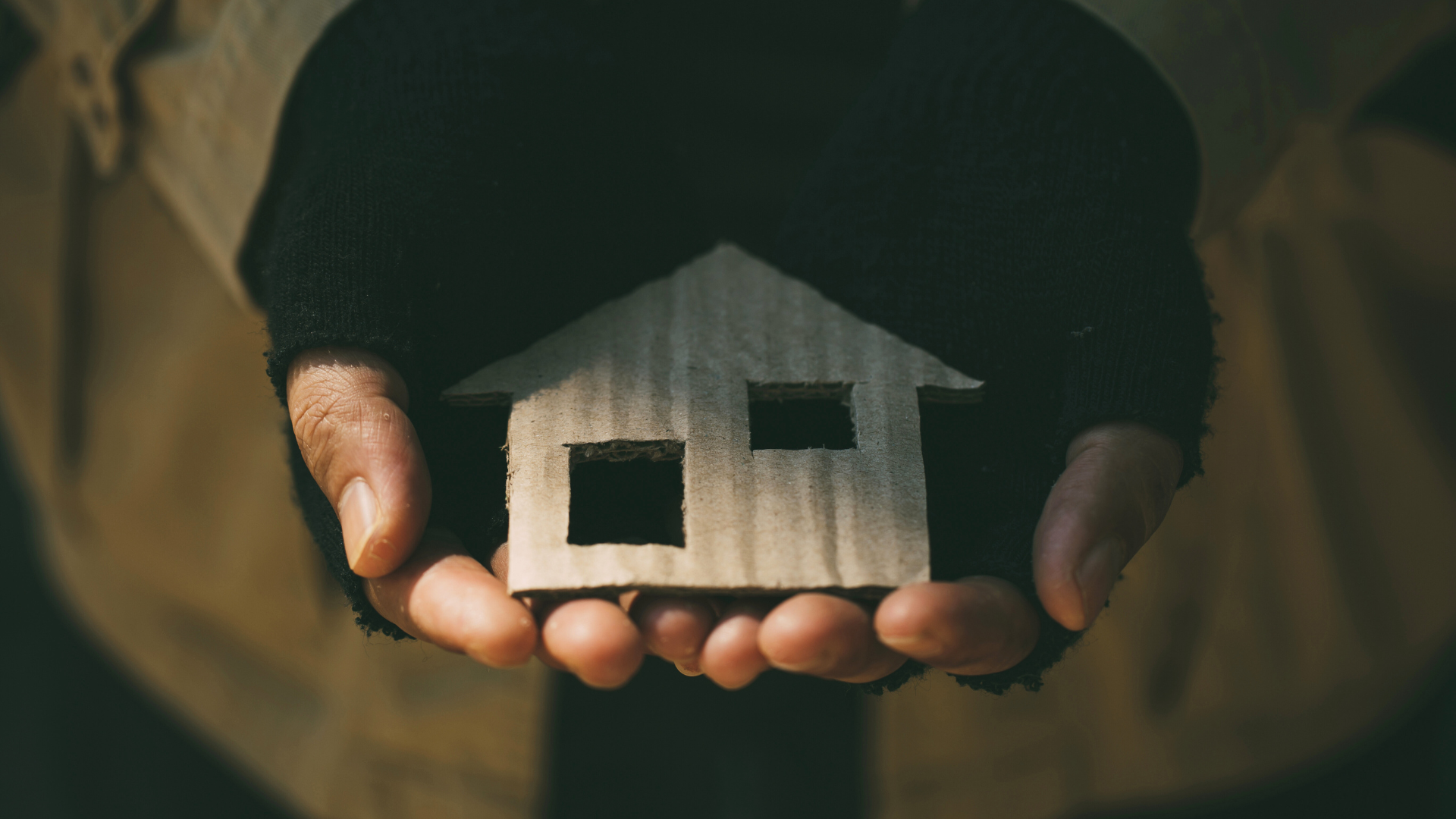Homelessness in Canada is rising and increasingly visible. While often associated with shelters or encampments, it also includes hidden forms like couch surfing, experienced by 11.2% of Canadians. Absolute homelessness, where individuals have no shelter at all, affects 2.5% of households, or nearly 938,000 people, during their lifetime. These numbers reflect a growing crisis that intersects with broader affordability issues.
Canada’s housing crisis extends beyond those experiencing homelessness. Homeownership is now out of reach for many middle-income earners, especially younger Canadians. While the bottom third of income earners have long struggled to access housing, the crisis has expanded. Like other issues, when social problems begin to affect anyone other than the most marginalized individuals, society, including decision-makers, starts to take notice. Government leaders are speaking to the issue. Housing and the cost of living now rank among Canadians’ top concerns, even above geopolitical threats.
Understanding the Roots of Housing Insecurity
For those working to end poverty, the complexity of homelessness and housing affordability can be overwhelming. Unlike food insecurity, homelessness cannot be largely solved by income increases alone. It is shaped by systemic discrimination, income disparity, and policy decisions that have failed to prioritize deeply affordable housing. Addressing these issues requires an understanding of how housing and homelessness intersect with broader social, structural, and economic inequities.
Experts agree that Canada needs a range of housing options. But to end homelessness, one type is essential: rent-geared-to-income (RGI) housing. RGI ensures that people pay no more than 30% of their income on shelter, directly addressing affordability for those most at risk. However, RGI alone is not enough. Many people experiencing chronic homelessness also need housing with supports, which combines affordability with services like mental health care, addiction treatment, and trauma recovery.
Despite growing demand, most new housing developments focus on “affordable” private market units, often priced beyond reach for low-income Canadians. These efforts do little to address homelessness. The solution lies in building deeply affordable housing, expanding supportive services, and protecting tenants from eviction and discrimination.
Renters now make up more than one-third of Canadian households, a number expected to rise to 40% by the 2026 census. Yet renters face disproportionate burdens. Twice as many renters as homeowners spend more than 30% of their income on shelter. Most renters live on low or fixed incomes, and many are employed in lower-wage jobs. As the cost-of-living rises, renters are increasingly vulnerable to eviction—especially due to “renovictions,” where landlords evict tenants to undermine rent control under the guise of renovations.
Eviction disproportionately affects marginalized groups, including Indigenous peoples, racialized communities, newcomers, lone-parent families headed by women, and people with disabilities. These groups are also overrepresented among those experiencing homelessness. Housing instability is not just an economic issue; it reflects systemic failures that demand urgent policy responses.
What Ending Homelessness Really Requires
90% of rental units in Canada are privately owned, increasingly by corporations seeking to maximize profits. This financialization of housing treats homes as assets rather than necessities, undermining access for low-income Canadians. It prioritizes shareholder returns over people’s well-being and erodes the right to adequate housing guaranteed under international law.
Operationalizing the right to housing requires political will and coordinated action across all levels of government. Governments must design social policies that ensure stable, secure housing across the lifespan. This includes expanding supported housing, providing subsidies, and offering personal supports to help people remain housed. Legislation must also guarantee housing as a right—safe, affordable, supported, and accessible for all.
To address homelessness and housing insecurity, Canada must focus on people with the lowest incomes. This means:
-
Building rent-geared-to-income (RGI) housing for the bottom third of income earners.
-
Enforcing rent control across all residential rental properties.
-
Increasing supports and interventions to help people get and stay housed.
-
Using human rights frameworks to hold governments accountable and tie federal funding to housing rights ensures that deeply affordable units are protected and that their maintenance and upgrading are adequately funded.
-
Respecting Indigenous rights, treaty obligations, and the Truth and Reconciliation Commission’s calls to action.
-
Integrating the expertise of people with lived experience into housing policy.
Historically, governments have played a central role in providing social housing. Today, however, social housing represents less than 4% of rental units. The current crisis stems from deliberate government decisions to shift housing responsibility to the private market. Reversing this trend is essential to restoring housing as a public good.
Social housing offers more than shelter, it provides deeply affordable homes and economic stimulus. While the federal government has committed to increasing housing supply, these efforts must prioritize true affordability and protection from market pressures. The bottom 30% of income earners must be prioritized and supports must be expanded to significantly reduce homelessness across the lifespan.
As renting becomes more common—now approaching half of Canadian households—it’s time to challenge the harmful stereotypes that associate renting with instability, lower social status, or a lack of community investment. Renting can offer security and inclusion, particularly through not-for-profit housing models that promote equity and inclusion.
The landscape of rental housing is increasingly shaped by financialization. Multi-unit buildings are now often owned by corporate investment firms whose primary goal is to maximize profit. In the absence of rent control between tenancies, these owners can dramatically increase rents—sometimes doubling them overnight. In Ontario, tenants in newer rental builds aren’t even protected by rent control, a policy gap that’s forcing many to spend upwards of 60% of their income on housing.
This erosion of affordability is no accident. Removing rent control from new builds was intended to incentivize private developers to enter the rental market after governments withdrew from building social housing. But without strong tenant protections, this shift has left renters vulnerable to eviction, rent gouging, and discrimination.
We need to be clearer and more direct about the critical importance of rent control. The financialization of housing must be addressed head-on—but will readers understand why, especially those among us who own rental property? This is part of the challenge in writing about housing justice: making the systemic forces visible and showing how policy choices shape the lived reality of renters across Canada.
Ultimately, governments reflect the will of the people. Advocacy, civic engagement, and voting are powerful tools to drive change. Ending homelessness in Canada is possible—but only if we treat housing as a human right and act accordingly.
Key Messages
-
Homelessness is rising and widespread.
-
Affordable housing must prioritize residents living on low incomes.
-
Rent-geared-to-income and supportive housing are essential.
-
Private market housing won’t solve homelessness.
-
Renters need stronger protections and respect.
-
Housing is a human right; political will is crucial.






















